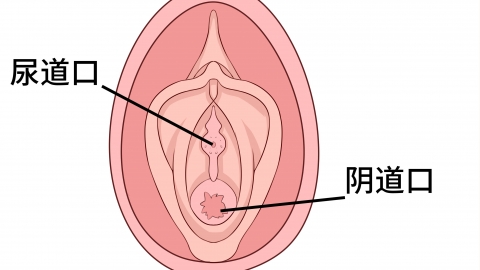Where is the female urinary opening located?
Generally, in females, the urinary opening, or urethral orifice, is located on the external genitalia. A detailed explanation is as follows:

The urethral orifice is situated within the vestibule of the vagina, below the glans clitoridis and anterior to the vaginal opening. It typically appears as a small, narrow slit-like opening surrounded by the mucous membrane of the inner labia minora. The female urethra is the passage connecting the bladder to the exterior of the body for urination. It is approximately 3-5 cm long and about 0.6 cm in diameter. Due to its short, wide, and straight anatomical features, urine can be rapidly expelled through the urethra. During urination, pressure within the bladder increases, the bladder sphincter relaxes, and urine flows from the bladder neck into the urethra before being expelled from the body through the external urethral orifice. This process is regulated by the nervous system to ensure normal urinary function.
It is important to maintain cleanliness of the external urethral orifice in daily life. Because it is located close to the vaginal opening and anus, it is susceptible to contamination from secretions and fecal matter. Improper hygiene may increase the risk of urinary tract infections. It is also recommended to choose appropriate undergarments and avoid wearing tight or non-breathable pants to reduce the chance of bacterial growth.




